Australia So Much to See
Copyright (C) 2013 AustraliaSoMuchtoSee.com. All reights reserved
Sources used for identification of wildflowers shown on these pages and regions where they occur see Credits
These pages will
feature some of the wildflowers we have photographed in Western Australia, and where possible, identified. If you
are able to help identify further flowers, or correct any I may have wrong, please contact us.
Information given for each species
will give botanical name, known common names, describe the flower, give time of year it flowered, and where it was photographed, and
the areas it occurs in. Names have been matched to Florabase which has also been used to show distribution.
See some
of these wildflowers in larger sized photos on our Flickr pages.
Hypocalymma angustifolium, White Myrtle, Pink-Flowered Myrtle, Coconut Ice, Koodgeed, Kudjidi.
A small shrub with tiny white
or pink and white flowers along the stem in a resembling a bottlebrush. Pink and white flowers can appear on the same stem or
bushes can have just one coloured flowers.
Spring
Bridgetown, South West region with all of these taken in the same area. Found
from Geraldton to Albany, throughout the South West and Great Southern and into the adjacent Wheatbelt
Hypocalymma genus has been revised (2023), and in particular the newly named species Hypocalymma balbakiae being similar but slightly finer leaves, and growing in wetter areas.
Hypocalymma genus has been revised (2023), and in particular the newly named species Hypocalymma balbakiae being similar but slightly finer leaves, and growing in wetter areas.
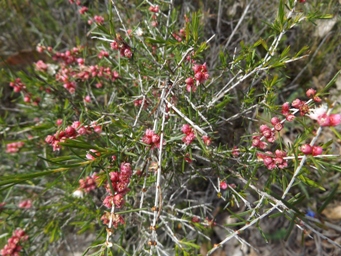
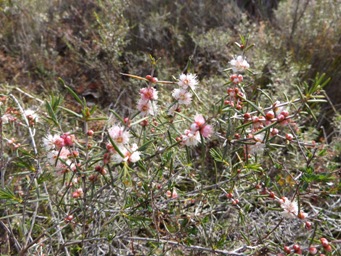
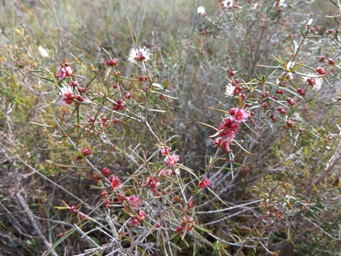
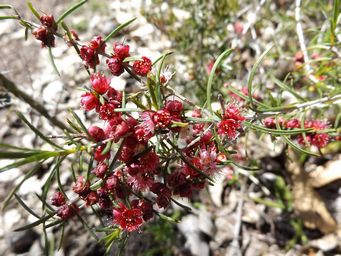
The leaves of Hypocalymma angustifolium were crushed and the vapours inhaled to relieve headaches and nasal congestion. The leaves
and twigs were crushed and mixed with animal fat and the resulting ointment applied to the skin to treat skin conditions. Source:
Hansen V. & Horsfall J. (2016) Noongar Bush Medicine. Medicinal Plants of the South-west of Western Australia. UWA Publishing,
Crawley.
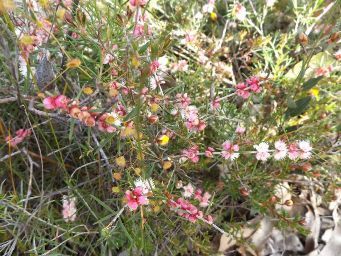
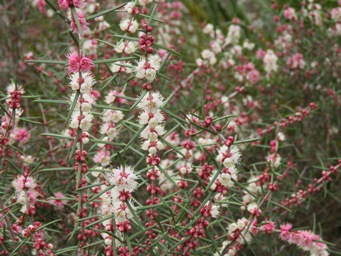
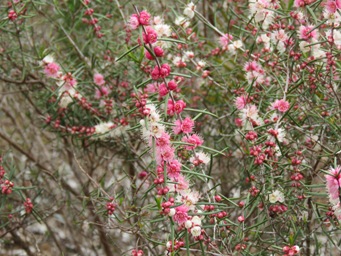
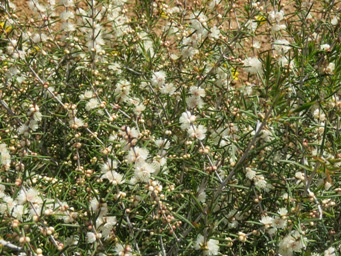
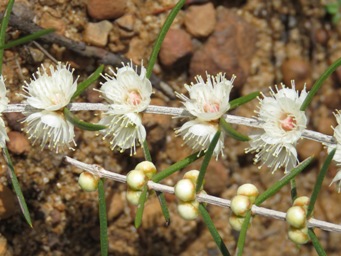
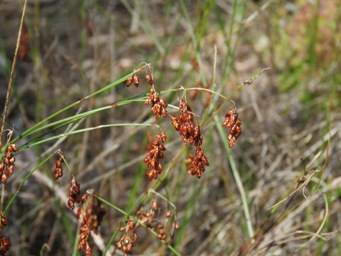
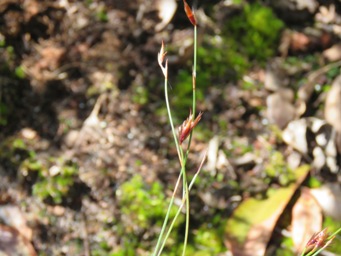
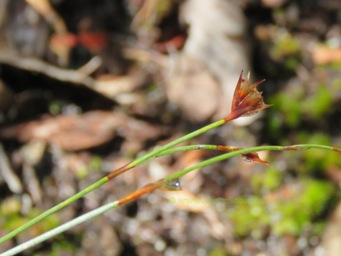
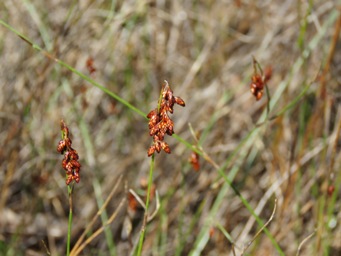
Hypolaena exsulca
Inconspicuous until flowering, this plant grown in clumps or tussocks, often in winter wet areas. There are
male and female plants, with the male plant pollinators above, and the female receptacles below. Shiny brown flowers and
pollinators.
September October
Bridgetown area, and occurs through the South West, Great Southern, and Perth regions, extending
into the Wheatbelt, and near the coast between Geraldton and Esperance.